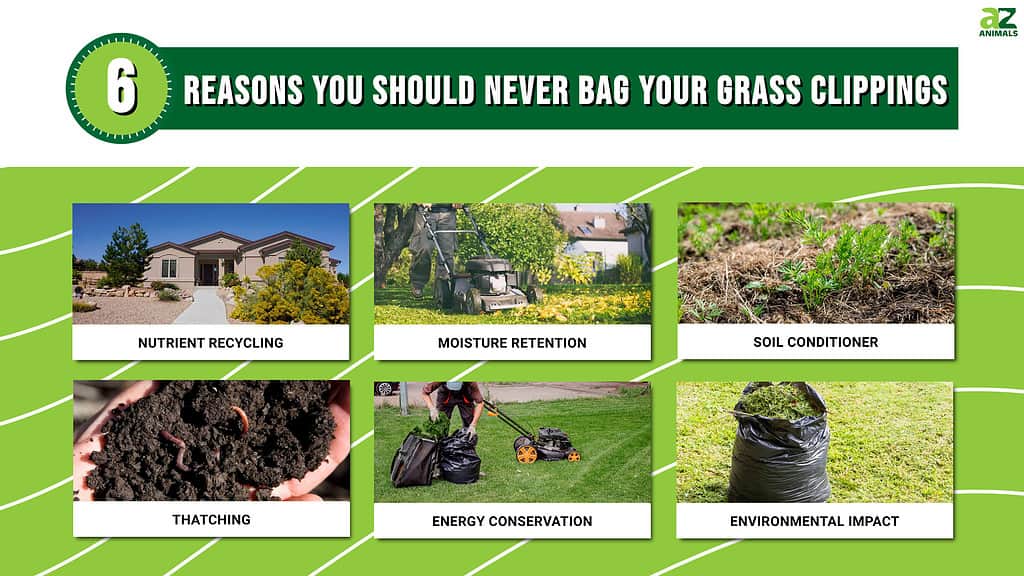
Did you know that grass clippings offer a range of environmentally friendly benefits? Too often, these nutrient-rich cuttings are discarded in bags destined for the landfill. Leaving them in your yard or repurposing them around your yard fosters sustainability by reducing waste and conserving resources.
Embracing alternative uses for grass clippings contributes to healthier lawns, nutrient-rich soils, and reduced water use. Emphasizing sustainable practices that harness the potential of grass clippings aligns with eco-conscious living and demonstrates a commitment to environmental stewardship.
Continue reading to discover six reasons you should never bag your grass clippings.
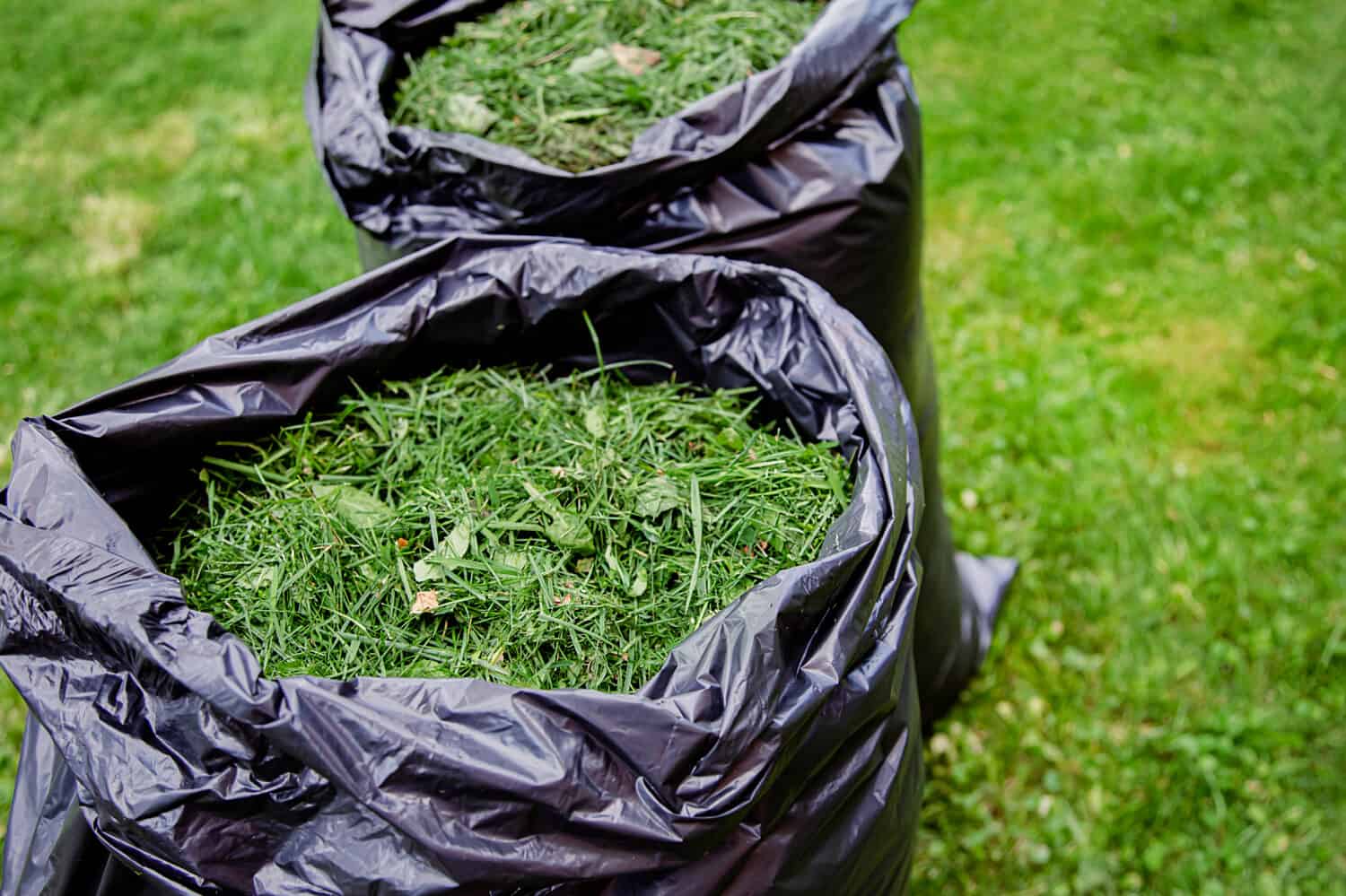
Too often, nutrient-rich grass cuttings are discarded in bags destined for the landfill.
©EsfilPla/Shutterstock.com
A Brief History of Lawns
The evolution of lawn and mowing practices reflects cultural, technological, and environmental changes. From functional spaces to status symbols and now to more sustainable landscaping choices, lawns have undergone significant transformations over time. For example, early civilizations utilized open spaces for practical purposes like growing crops and grazing animals.
In medieval Europe, gardens around castles and estates featured various types of grasses and herbs. The concept of the lawn began to develop in 16th and 17th century Europe. The nobility maintained manicured grassy areas for recreational purposes and for socializing. Then, the Industrial Revolution ushered in the rise of agricultural machinery.

Early civilizations utilized open spaces for practical purposes like growing crops and grazing animals.
©iStock.com/MarjanVisser
Edwin Budding patented the first mechanical lawn mower in the early 19th century. By the end of the 20th century, lawn care had become a multi-billion-dollar industry in the United States alone. However, the excessive use of water, chemicals, and fossil fuels required in lawn care raised environmental concerns. The early 21st century has seen a shift toward more sustainable landscaping.
Native plants and low-maintenance designs are favored over traditional lawns. Interest continues to grow for alternatives to conventional lawns, such as xeriscaping (water-efficient landscaping) and edible landscapes.
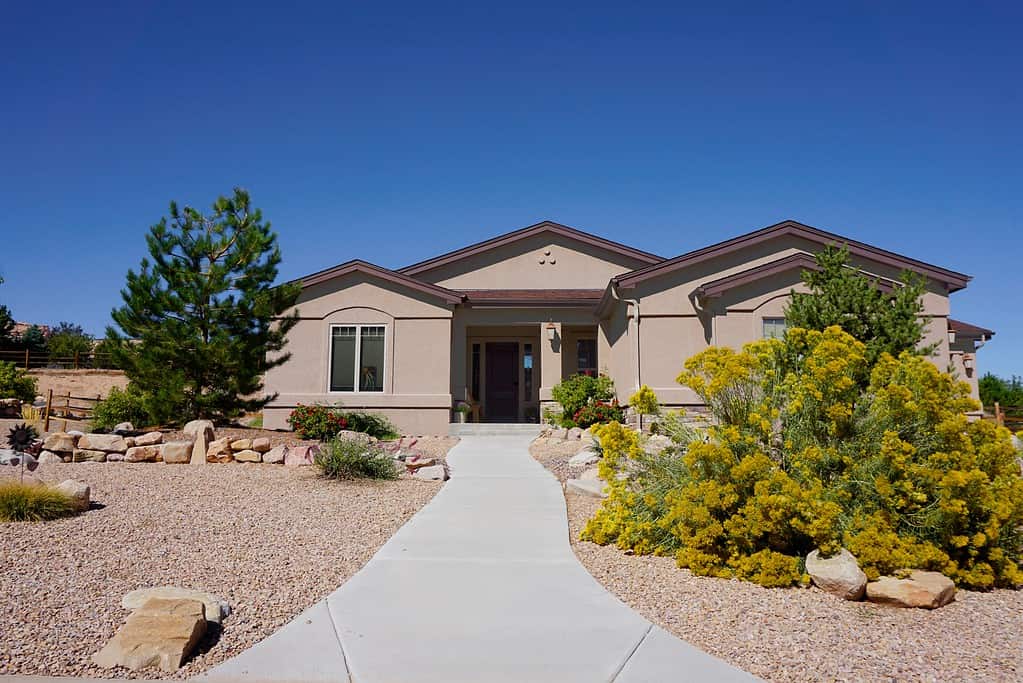
Xeriscaping (water-efficient landscaping) is an environmentally friendly alternative to a traditional lawn.
©PT Hamilton/Shutterstock.com
Nutrient Recycling
Bagging grass clippings is a common practice, but there are good reasons for leaving the grass clippings on the lawn. Grass clippings are a source of nutrients like nitrogen, potassium, and phosphorus. Leaving them on the lawn allows these nutrients to naturally decompose and return to the soil, acting as a natural fertilizer for your lawn. This can reduce the need for the application of commercial fertilizers and promote healthy grass growth. Research suggests that a season’s worth of clippings left to decompose is the most efficient way to fertilize one’s lawn. Most modern gasoline and electric mowers come with a mulching attachment. This makes munching your clipping a super easy option.
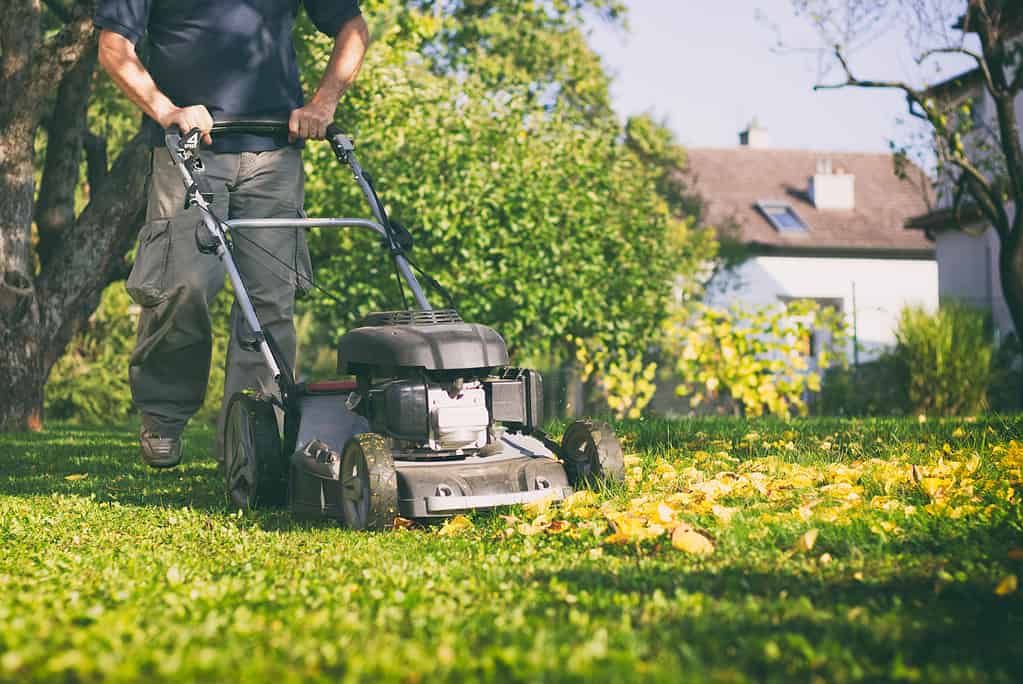
Most modern gasoline and electric mowers come with a mulching attachment.
©encierro/Shutterstock.com
Moisture Retention
Grass is composed of 85% water. Grass clippings can help retain moisture by acting as a mulch layer. This can reduce the need for frequent watering, leading to better water conservation. If your mower has a bag, you can still reap the benefits that grass clippings provide. Grass clippings make dandy garden mulch. Instead of emptying the bag into the garbage, shake it out gently on your garden beds. Apply it loosely. Allow for airflow to help it dry out. Once it’s dry, tamp it down before applying the next layer. Using this method, you can apply a layer of mulch (grass clippings) to your beds with each mowing. Meanwhile, the lower layers are breaking down into nutrient-dense compost.

Grass clippings make dandy garden mulch. Shake it out gently on your garden beds.
©Kuznetsov Dmitriy/Shutterstock.com
Soil Conditioner
The decomposition of grass clippings improves soil structure by introducing organic matter. This enhances soil aeration and drainage while improving nutrient retention. The result is larger, healthier plants. Some individuals have been led to believe that leaving grass clippings on the lawn results in thatching. This is not accurate. Over-fertilization is one of the principal causes of thatching. So, what is thatching?
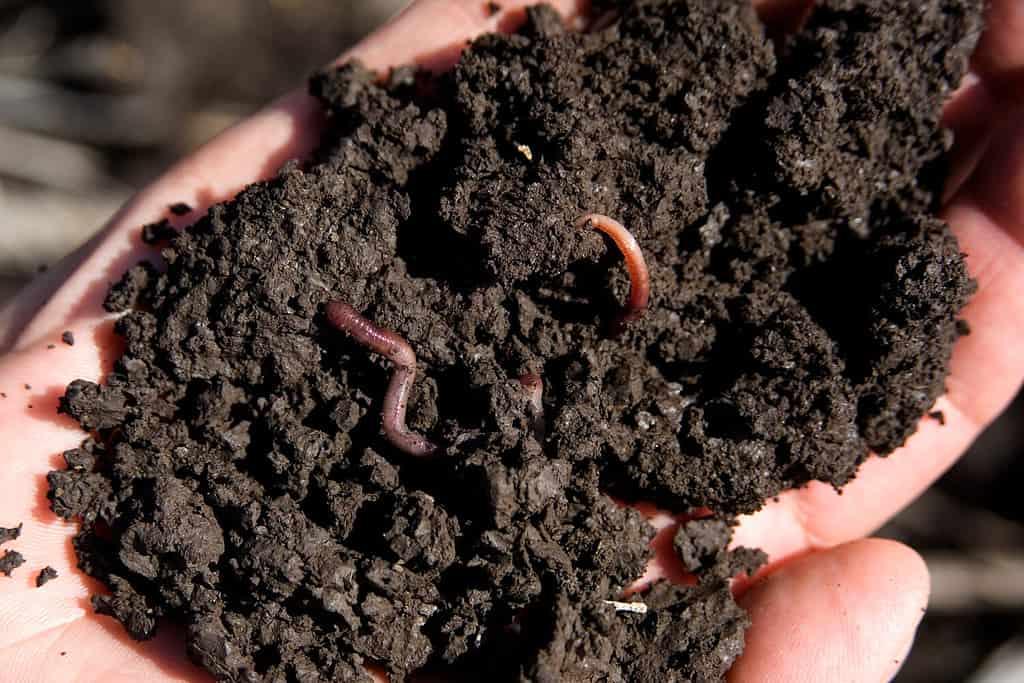
The decomposition of grass clippings improves soil structure by introducing organic matter.
©Alf Manciagli/Shutterstock.com
Thatching
Thatching is the accumulation of dead grass, roots, and other organic debris that forms a layer between the living grass and the soil surface. This layer can impede water penetration, air circulation, and nutrient movement, potentially harming the health of the lawn. Contrary to a common misconception, leaving grass clippings on the lawn after mowing does not contribute to thatch buildup.
Grass clippings are composed almost entirely of water and decompose relatively quickly. They break down through natural microbial activity, returning nutrients to the soil. The short length of grass clippings also aids in their rapid decomposition. Leaving grass clippings on the lawn promotes a healthier lawn by providing nutrients, conserving moisture, and improving soil structure. Thatch typically develops from longer, tougher, and slower-decomposing materials such as dead roots, stems, and other organic matter. To prevent thatch buildup, it is imperative to maintain proper lawn care practices. These include regular mowing, proper watering, and avoiding the excessive use of fertilizers.
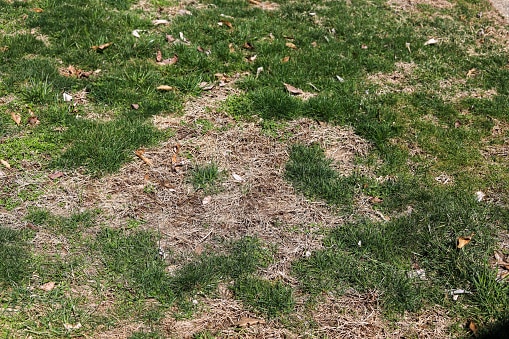
Thatching is the accumulation of dead grass and roots between living grass and the soil.
©Robin Gentry/iStock via Getty Images
Energy Conservation – Yours!
Bagging grass clippings can be time-consuming and physically demanding. Leaving the clippings on the lawn eliminates the need to empty the grass catcher and dispose of the bags. What other chores can you think of where less time and effort reap beautiful results? Grass catchers were popular before the rise of the mulching mower. Gone are the days when not bagging your grass resulted in rows of mounded grass clippings that demanded to be raked. As mentioned, mulching attachments create a uniform dispersion of clippings as you mow.
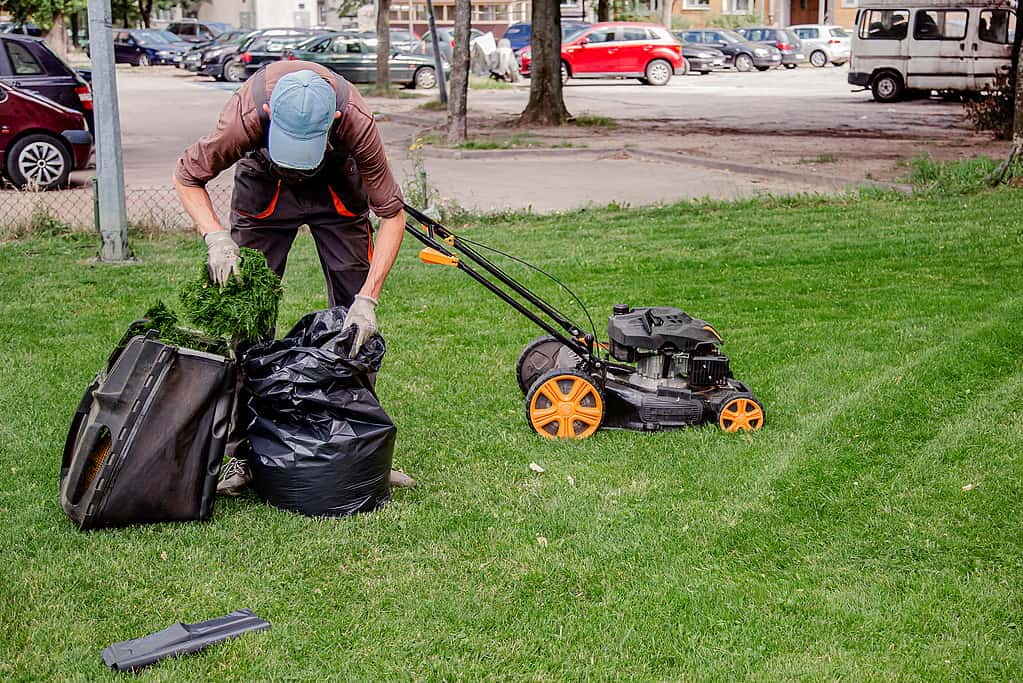
Bagging grass clippings can be time-consuming and physically demanding.
©EsfilPla/Shutterstock.com
Environmental Impact
Bagging grass clippings generate unnecessary stressors on the environment. These consist of the plastic or paper of the bags, the stress on the landfill, and the loss of nutrients to the soil. Multiply your individual weekly (X 16-24 weeks of mowing) bag of grass clippings by all of the baggers in your area. That’s a lot of wasted organic material. Simply leaving clippings on the lawn, reduces waste. It also reduces the strain on the landfill.
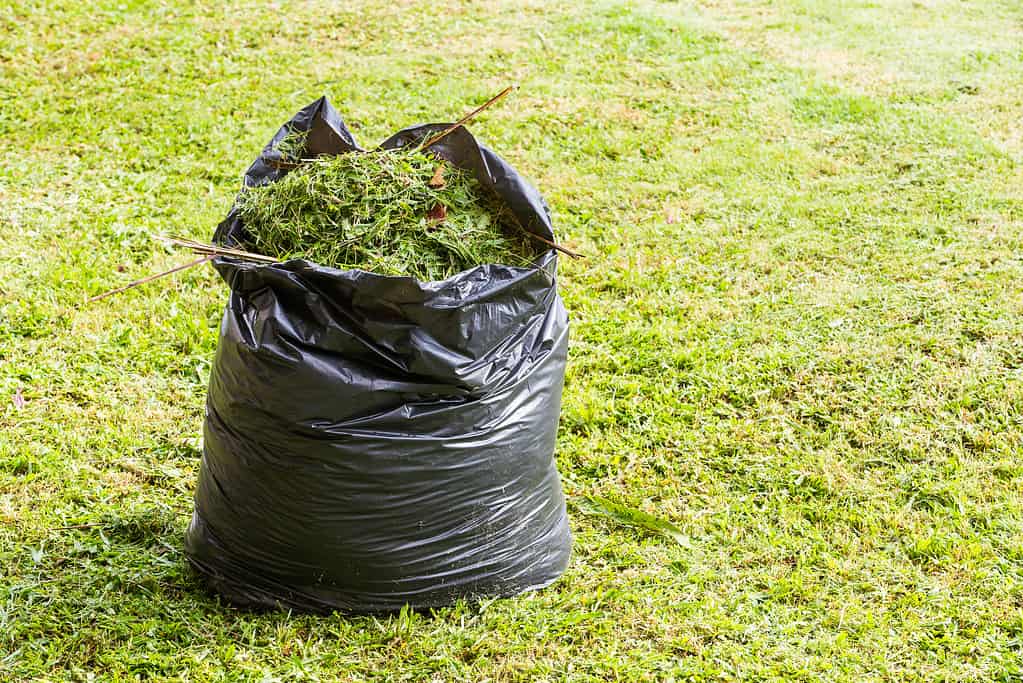
Multiply your weekly grass clippings by the number of neighbors. That’s a lot of wasted organic material.
©7th Son Studio/Shutterstock.com
Money-Saving Option
Not bagging grass clippings leads to cost savings. First and foremost, you don’t have the cost of the lawn bags, which can be downright pricey. Because the grass clippings act as a natural fertilizer, you can cross fertilizer off your list too. The grass clippings also act as a moisture barrier, making watering less necessary. Saving money and the Earth while following the path of least resistance? Seems elementary.
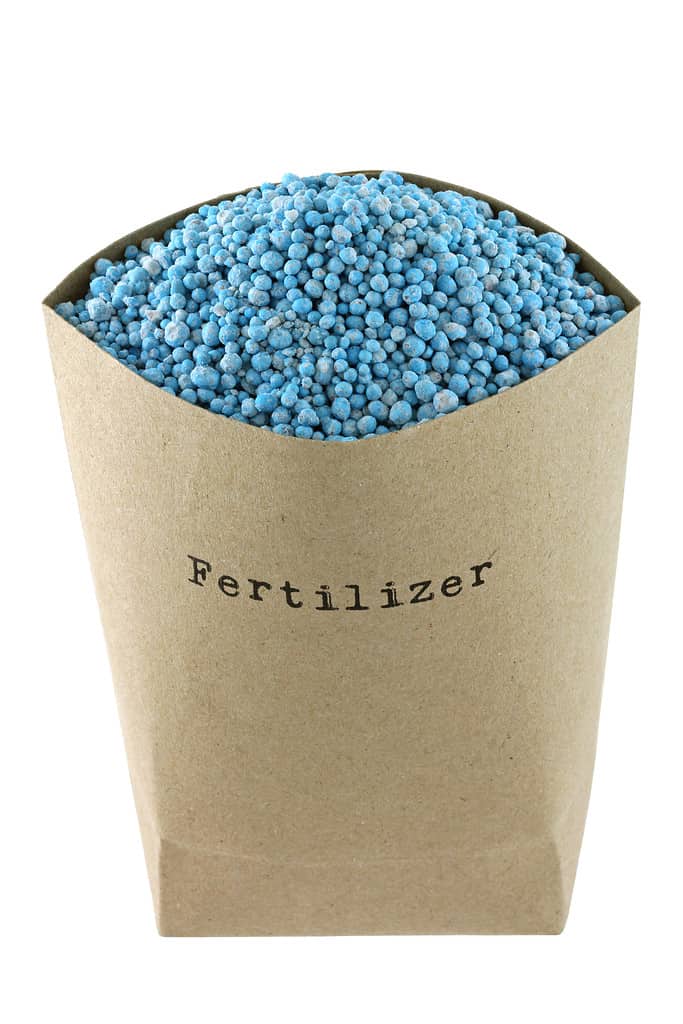
Because the grass clippings act as natural fertilizer, you can cross fertilizer off your list.
©sasimoto/Shutterstock.com
Summary of 6 Reasons You Should Never Bag Your Grass Clippings
| Rank | Reason |
|---|---|
| 1 | Nutrient Recycling |
| 2 | Moisture Retention |
| 3 | Soil Conditioner |
| 4 | Thatching |
| 5 | Energy Conservation |
| 6 | Environmental Impact |
The photo featured at the top of this post is © Krasula/Shutterstock.com
Thank you for reading! Have some feedback for us? Contact the AZ Animals editorial team.







